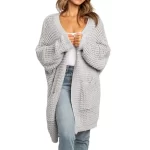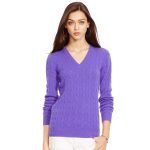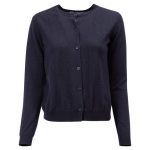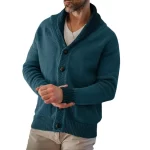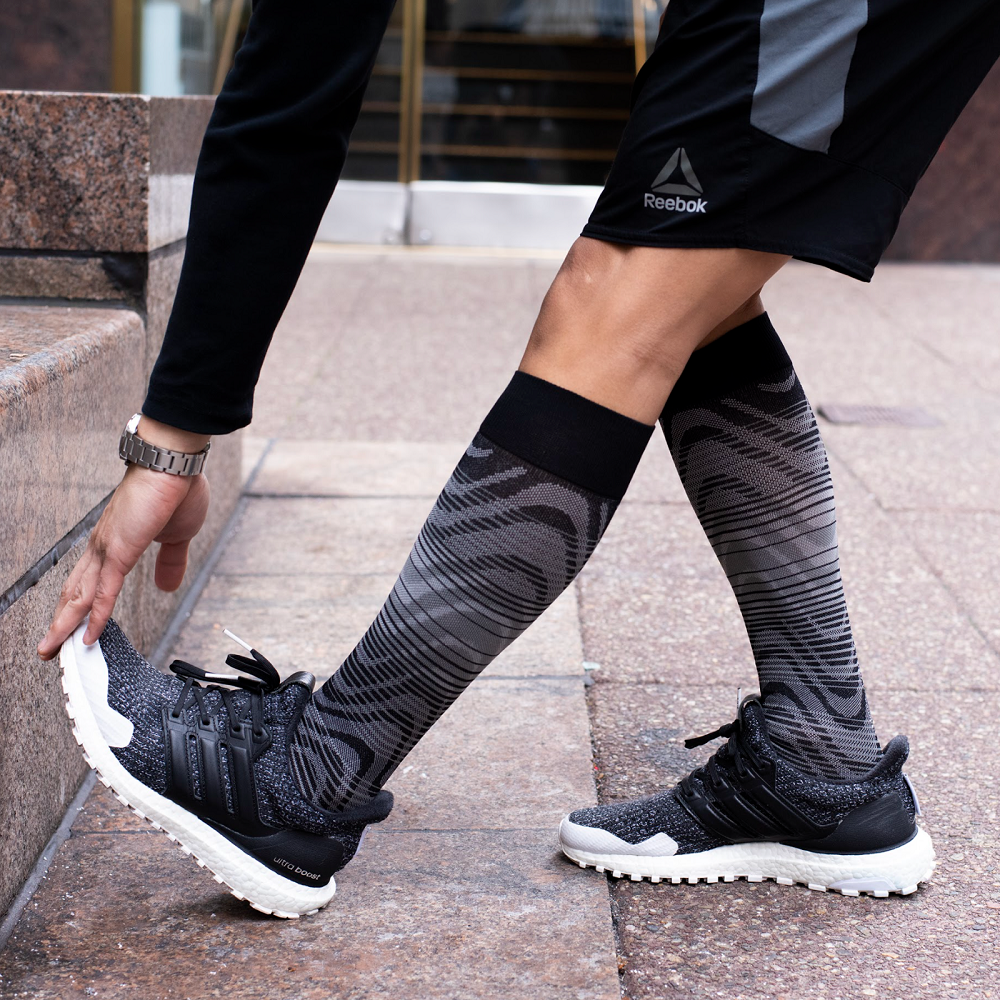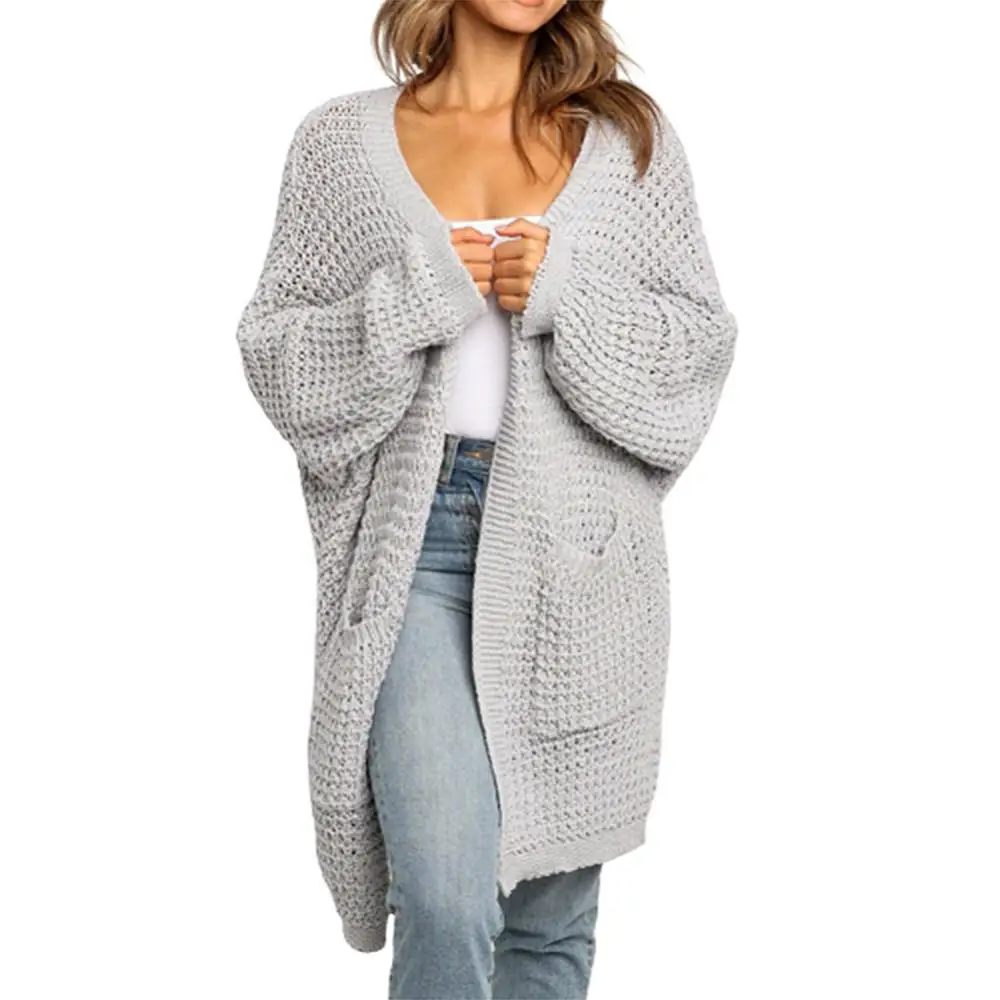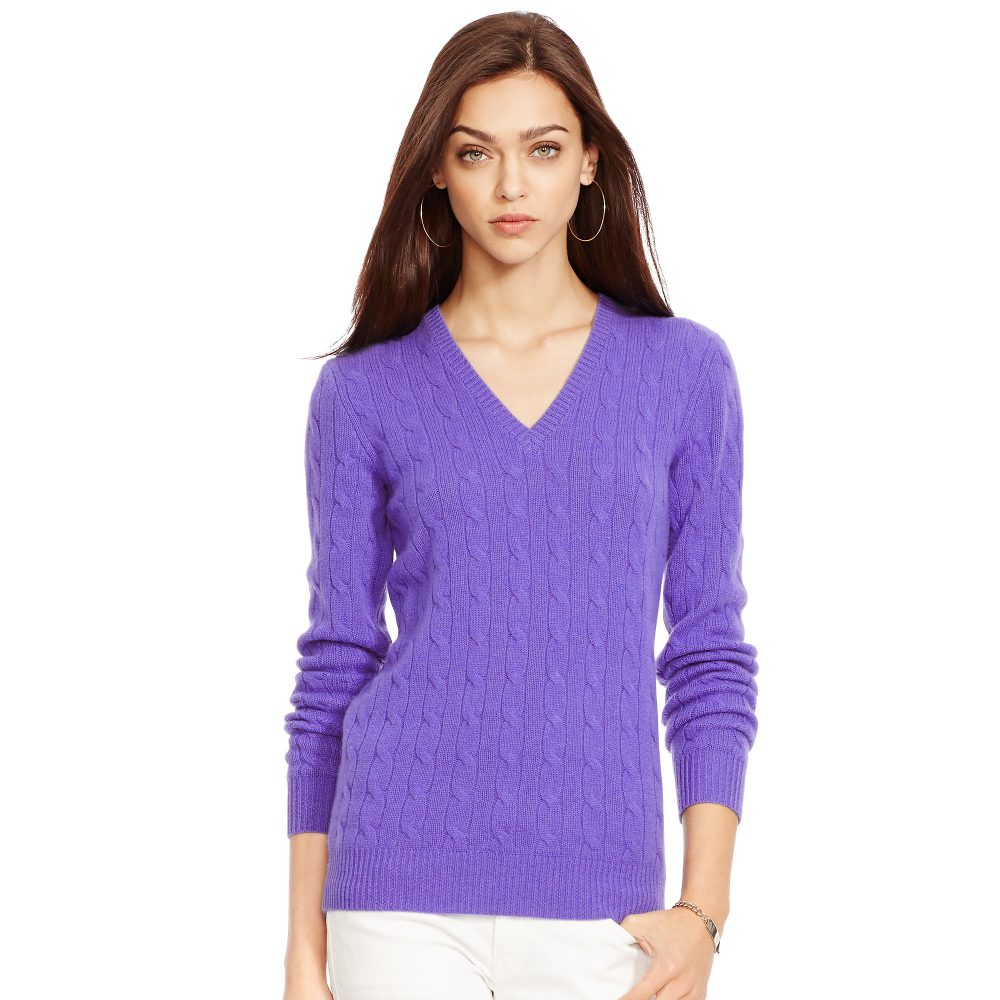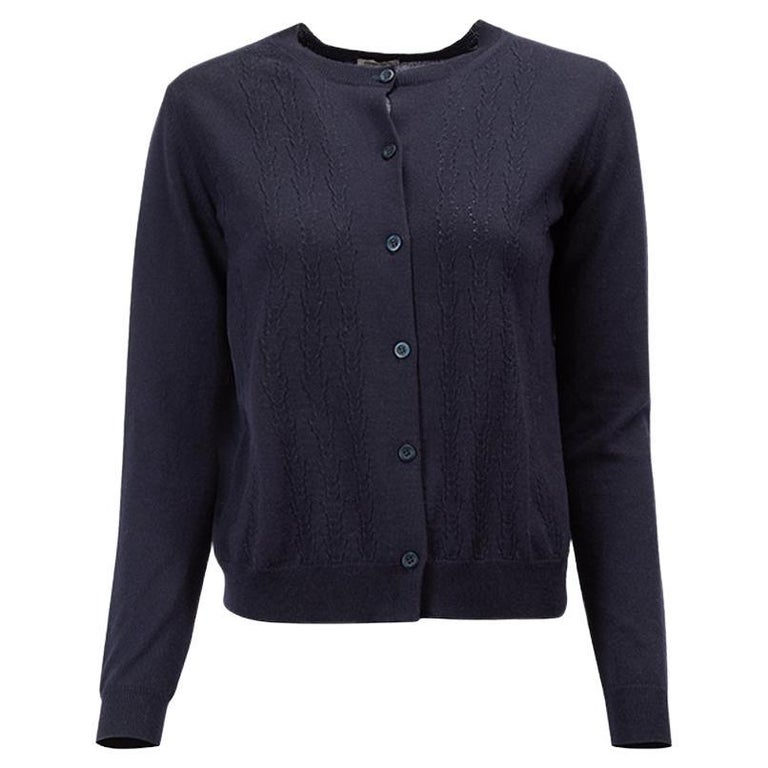The Benefits of Compression Socks for Men in Transit
Travelling can be tough on the legs, especially during flights. Wearing compression socks offers various benefits that can make your journey more comfortable and healthier.
How Compression Sock Can Enhance Comfort During Flights
Compression socks apply gradual pressure to your legs, enhancing blood circulation and reducing discomfort. They help minimize the fatigue and achiness that often accompany long periods of sitting. By promoting blood flow, these socks can prevent that restless leg feeling and keep you feeling fresher upon arrival.
The Role of Compression Socks in Preventing DVT and Leg Swelling
Deep Vein Thrombosis (DVT) is a risk during extended flights. Compression sock reduce this risk by maintaining circulation and preventing blood pooling in the legs. They also combat leg swelling, often caused by inactivity and cabin pressure changes. With the right compression level, you can step off the plane with legs feeling as light as when you boarded.
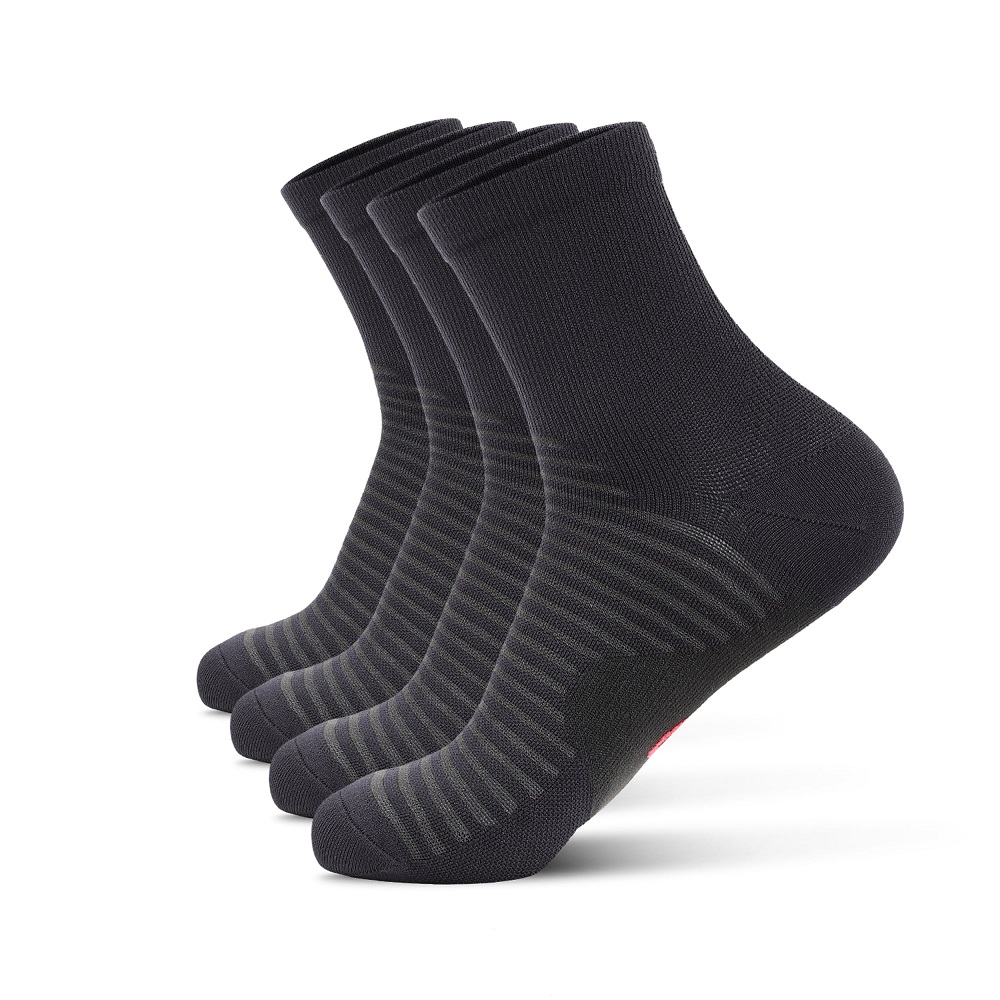
How to Choose the Right Compression Socks
Choosing the right compression socks is crucial for comfort and effectiveness during travel.
Understanding Compression Levels and Measurements
Compression socks come with different pressure levels measured in mmHg (millimeters of mercury). Lower numbers like 10-20 mmHg offer moderate pressure, suitable for mild swelling and discomfort. Medical-grade ones, often between 20-30 mmHg, are tighter and used for serious circulation issues. Most travel-friendly options are in the 15-25 mmHg range, balancing comfort and circulatory benefits.
The Importance of Material and Fabric in Comfort and Durability
Material choices affect the comfort, breathability, and longevity of compression socks. Look for a blend that includes nylon or spandex for elasticity and cotton or merino wool for comfort. Synthetic fibers like polyester provide durability and moisture-wicking properties. Avoid materials that are too thick or don’t breathe well, as they can cause overheating and discomfort. Also, make sure they’re easy to wash and maintain, to ensure they last through many trips.
Top Picks for Men’s Compression Socks
Choosing the right pair of compression socks is more than just about comfort. It’s about style and functionality that meets the demands of travel scenarios. From long-haul flights to daily commutes, it’s important to have socks that not only help circulation but also offer a pleasant wear experience. Here are two top picks for men’s compression sock that deliver both style and performance.
Exploring the Style and Functionality of Bombas Everyday Compression Socks
Bombas Everyday compression socks offer a middle ground in compression strength, rated at 15-20 mmHg, ideal for travelers seeking a balance between support and comfort. Associate Articles Director Megan Spurrell from Cond? Nast Traveler finds them effective and to the point, reporting fresher feeling after flights. These socks are known not to slide down, despite the snug fit required to put them on.
Examining the Design and Features of Comrad Knee-High Compression Socks
These knee-high compression socks from Comrad standout due to their modern design. They don’t only support good blood flow with 15-25 mmHg compression, but they also manage moisture and fight odor. With varying striped patterns and neutral colors, they resemble regular dress socks. They might require some effort to wear, but once on, they provide reliable tightness without slipping or bunching. These features make Comrad socks a top choice among frequent travelers.
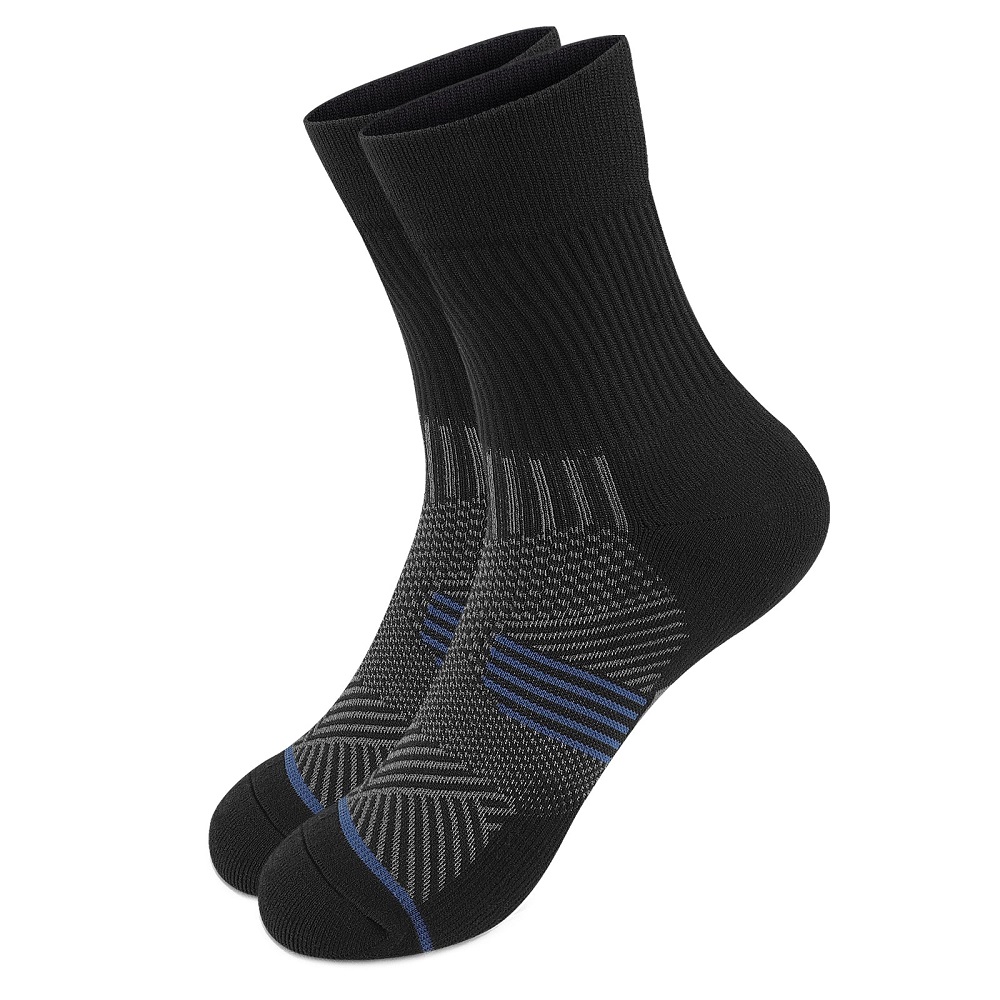
Compression Socks for Every Travel Scenario
Finding the right compression socks is essential for a comfortable travel experience, no matter the duration.
Best Socks for Long-Haul Flights
For lengthy flights, high-quality compression socks are a must. They should provide firm support without being too tight. Look for materials that wick away moisture to keep feet dry. Socks with 15-20 mmHg compression are often recommended for these scenarios. They offer adequate circulation support, which is vital when you’re stationary for hours.
Ideal Compression Socks for Shorter Trips and Commutes
For shorter journeys, consider lighter compression levels around 10-15 mmHg. These provide comfort without the intense pressure of higher-grade socks. It’s important they’re easy to put on and remove as there’s less time to adjust during quick transits. Socks made with a blend of cotton or merino wool can offer the breathability needed for a quick commute.
Care and Maintenance Tips for Compression Socks
Proper care for compression socks is vital. It not only keeps them clean but also preserves their elastic properties, ensuring they last longer and continue to provide the benefits you need.
How to Wash and Dry Compression Socks to Extend Their Life
To wash compression socks, turn them inside out before placing them in the machine. Use a gentle cycle with cold water and a mild detergent. Avoid bleach and fabric softeners as they can break down the fibers and elasticity. For drying, lay them flat or hang them up. Avoid high heat from a dryer as it can damage the material. If machine drying is necessary, use a low temperature or a delicate setting.
Tips for Putting On and Taking Off Compression Socks Comfortably
To put on compression socks easily, sit down and gather the sock into your hands like you would an accordion. Place your foot into the toe area and gradually unroll the sock up your leg, smoothing out any wrinkles as you go. When taking them off, gently roll them down your leg instead of pulling them off. This method prevents stretching and helps maintain the shape of the sock. Wear rubber gloves if you find the socks too slippery to handle. Investing in a sock aid tool can also be beneficial, especially if you have mobility issues.
Expert Opinions and Anecdotes
Gaining insights from trusted sources can guide us to the best products. Here, expert opinions shed light on the nuances of compression socks.
Insights from Wirecutter on Testing and Selecting Compression Socks
Wirecutter is known for its thorough testing processes. They suggest looking into several factors when choosing compression sock. The comfort, durability, and correct size are key for a good fit. According to reviewers, material quality plays a major role. They often recommend socks that retain elasticity after many washes. Wirecutter also stresses on graduated compression. This means socks are tighter at the feet and looser towards the top. They believe this design aids circulation the most.
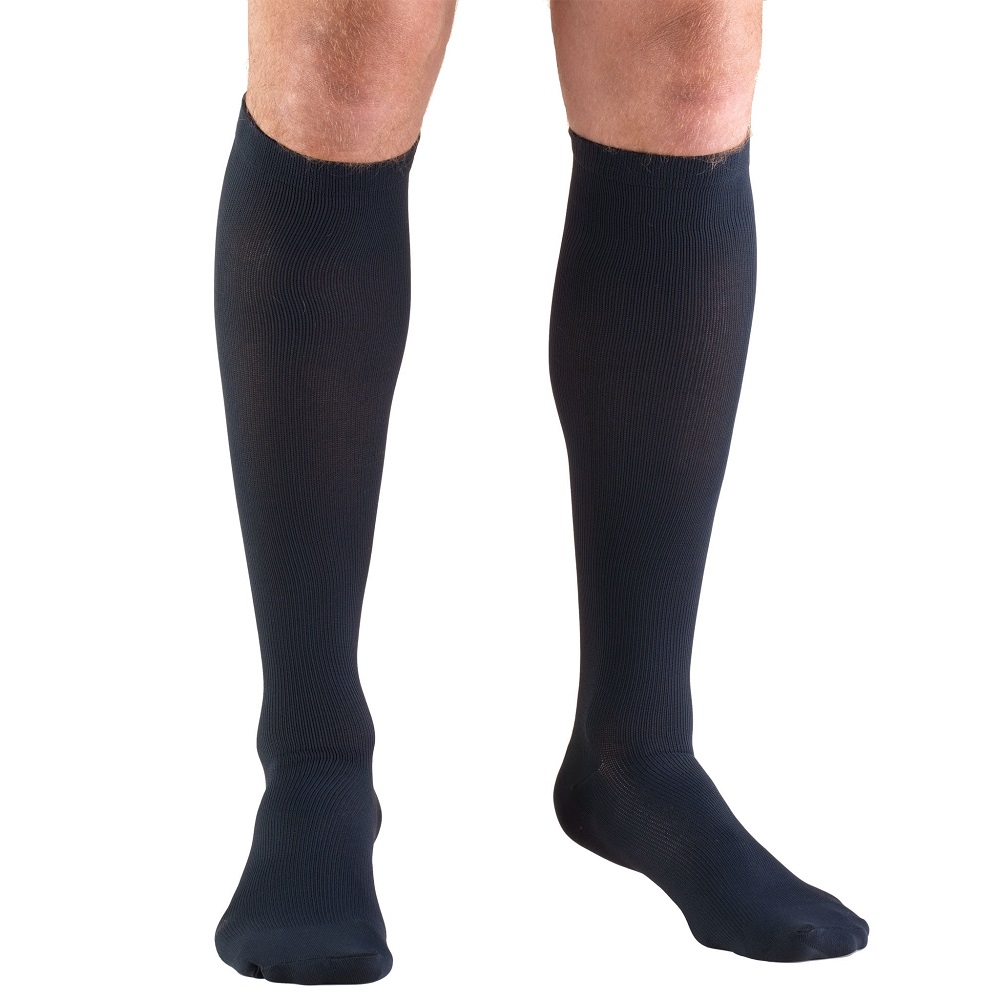
Travel experts from Traveler also value compression sock. They speak from personal use, pointing out practical benefits. They note reduced swelling and an alleviated feeling of discomfort on long flights. Editors highlight the importance of choosing the right compression level. Socks rated at 15-20 mmHg seem to be ideal. They offer a balance between firm support and comfort. Additionally, they emphasize the subtle designs of certain brands. This can make them indistinguishable from regular dress socks. These insights help travelers make informed choices for in-flight comfort and style.
Where to Buy Men’s Compression Socks
A Guide to Shopping for Compression Sock Online and In-Store
Finding the perfect pair of men’s compression socks can be a breeze with the right guidance. Here’s how to navigate the online and in-store shopping landscape:
- Search Online Retailers: Top e-commerce sites like Amazon and Walmart often have a diverse range of compression sock. You can find various brands, styles, and compression levels with user reviews that might help make your decision easier. Be sure to check the specifications to get the appropriate mmHg for your needs.
- Visit Specialty Stores: For personalized service, specialty stores focusing on sports or medical supplies are a good option. Staff there can offer expert advice on the best fit and compression level for your situation. Plus, you get to try before you buy.
- Check Out Brand Websites: If you’re looking for specific brands like Bombas or Comrad, visiting their official websites is a smart move. They often have web-exclusive products or deals not available elsewhere.
- Pharmacy Chains: Don’t overlook drugstores and pharmacies. They often stock medical-grade compression sock, and pharmacists can provide guidance on the best options for health-related concerns.
When shopping, remember to consider factors like material comfort, ease of washing, and durability. Whether you’re prepping for a long flight or daily commutes, the right compression socks can be found with a bit of research and proper fitting.

